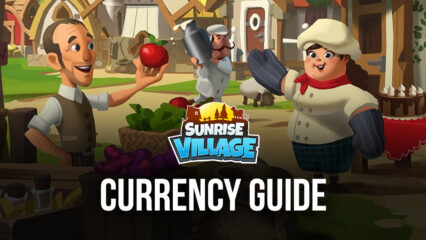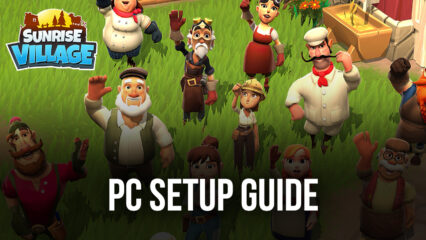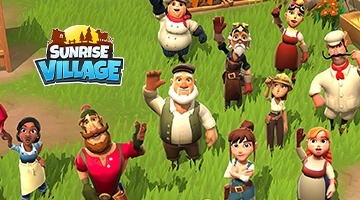BlueStacks' Beginners Guide to Playing Sunrise Village
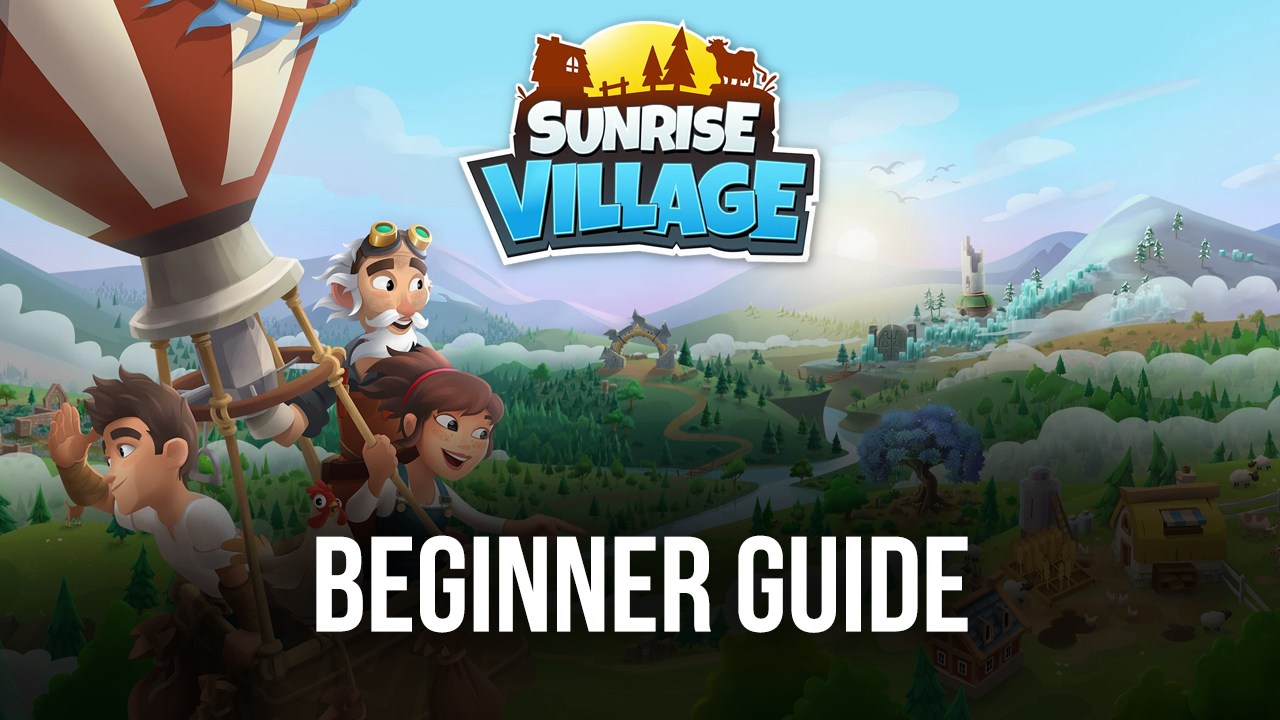
Sunrise Village is a great way to have fun in the game while relaxing from the stressful dredges of life. While many players enjoy taking their time and playing the game at their own pace, it’s no secret that the same number of players want to make the most out of playing the game by creating a beautiful sanctuary in the game. Before that happens, there are many tasks that players need to take care of at the early stages of the game to help them establish a solid foundation for their economic development.
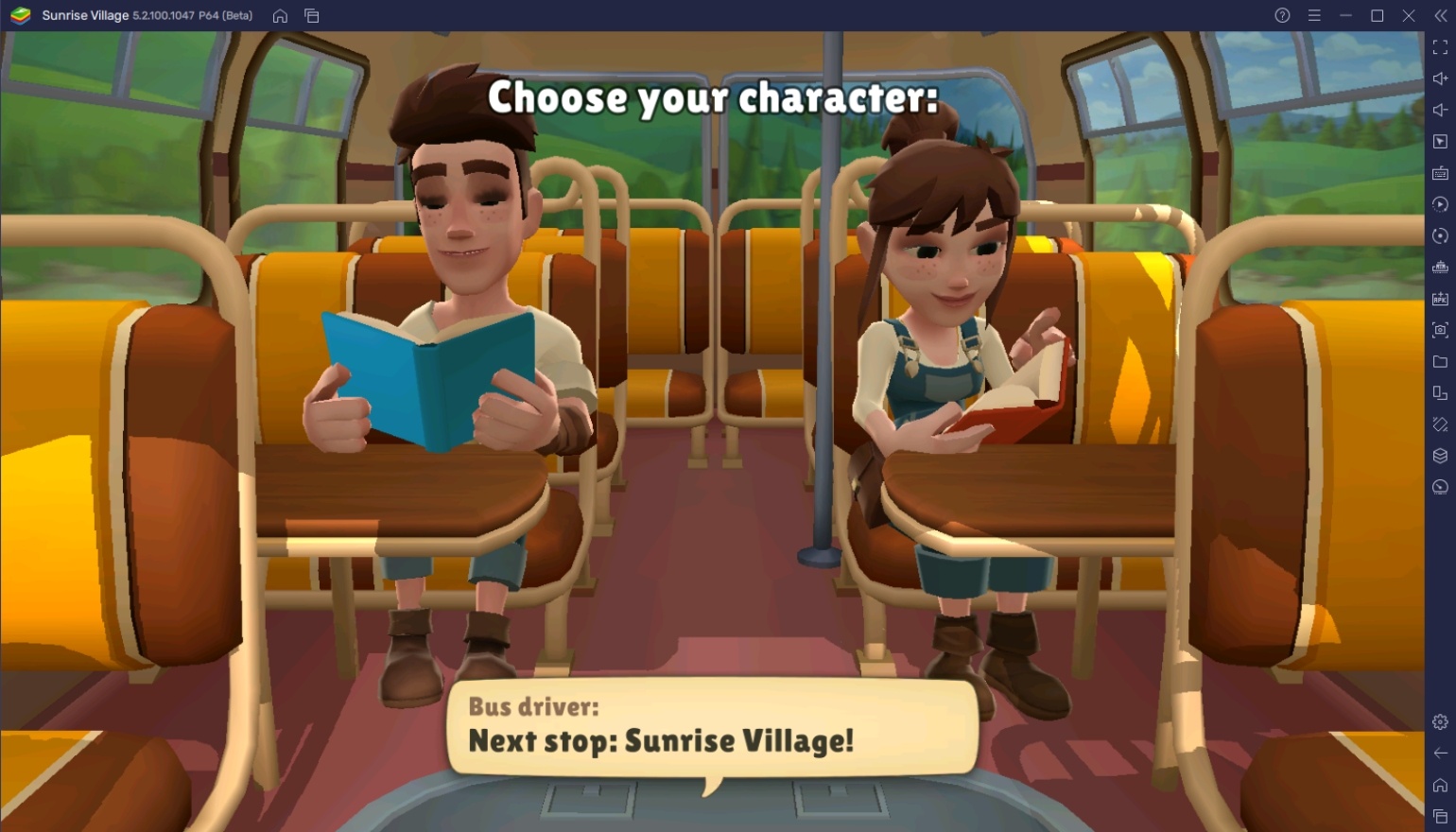
The starting point is always the most important phase of any game because it is where players establish the momentum they will gain throughout the rest of their gameplay. If players want to become more serious when playing Sunrise Village, it’s a good idea to learn some essential tips that will help them at the beginning. Luckily, we’ve prepared this beginner’s guide to give new players an idea of some of the most important sectors of playing this game and how they can improve it.
The Main Story
The Main Story is where the player’s adventure and progression will be set. This covers the main tasks and the general advancement of your account. Some game features are locked behind story prerequisites, which ask for the player to complete a specific task before they’re able to proceed to the next stage. Because of this, players won’t be able to unlock certain gameplay features unless they play through the missions, complete those tasks, and collect the rewards.
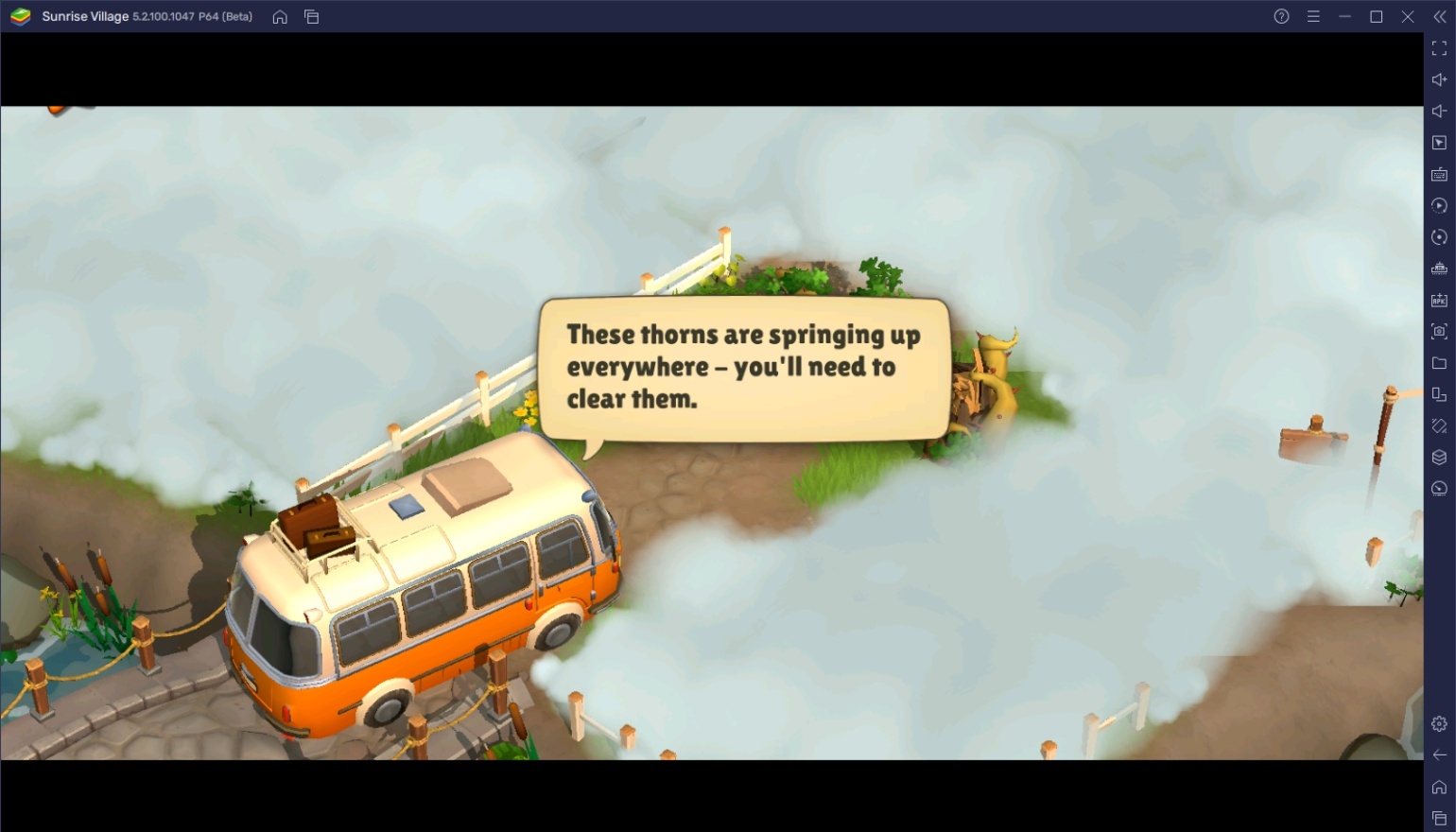
There’s nothing much to this feature since it’s pretty direct in what it wants to tell the player. The narrative isn’t also rich in the way that it only really introduces characters and some problems surrounding the main plot. As for the tasks, it’s recommended that players try to complete all of them as soon as possible. Prioritize finishing the missions that came first so that you don’t get piled up with outdated missions that are difficult to accomplish to your current level.
Farming
Farming is the primary part of this game, where players will need to plant crops on their farm plots. The player will unlock different crops as they level up and be able to construct more plots as well to increase the yield of their produce as they climb higher up the levels. It’s also important to remember that the higher the level of the crop, the longer it will take to grow. Players may also choose to speed up the growth of their crops by spending diamonds or speedup packs.
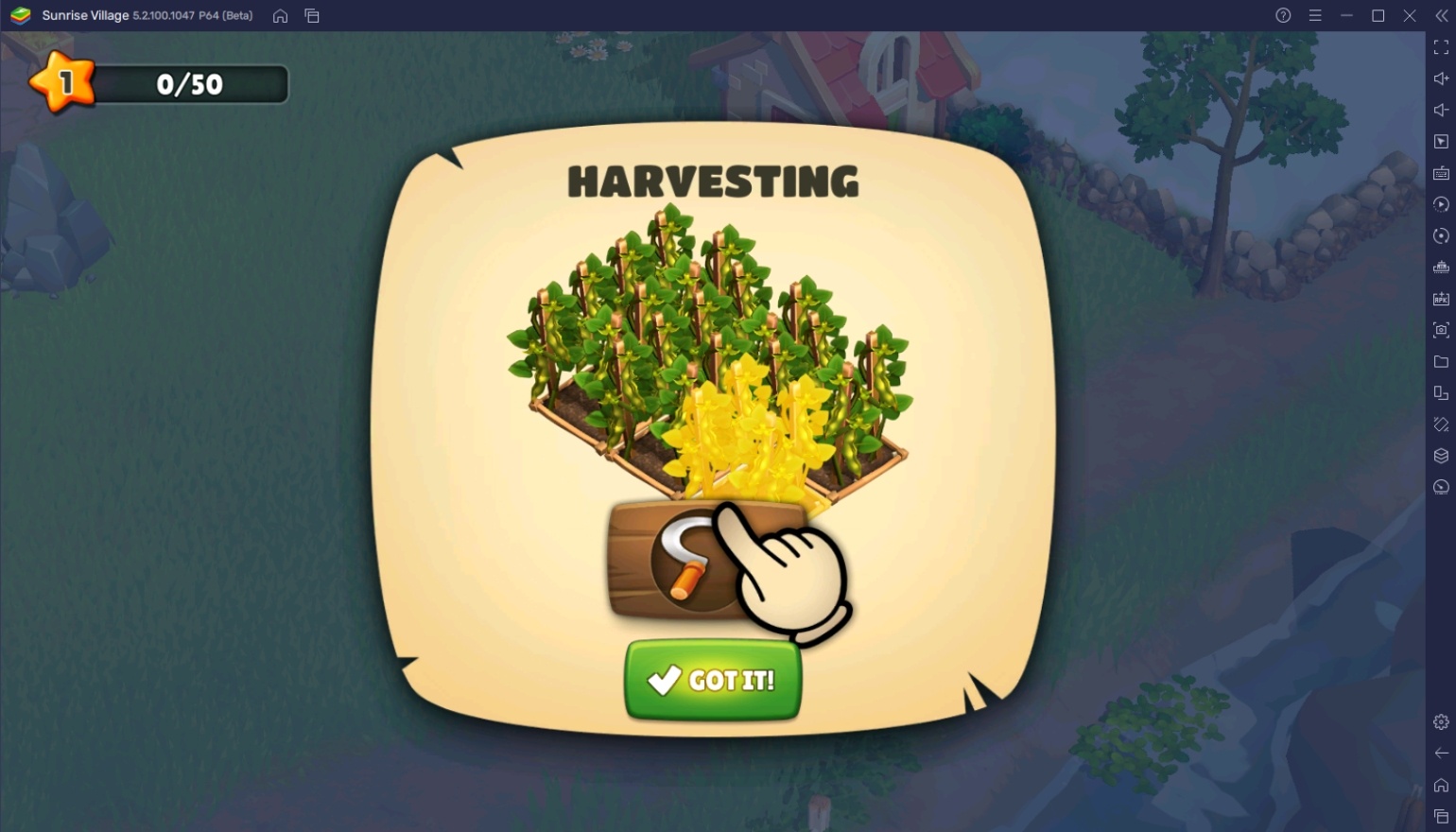
Since farming is a central part of the game, it is only natural that the game will try to push its importance by relating crops with different sectors. For example, peas and wheat are required to produce animal feed that is used to give your chickens and cows the energy to make their own resources. There is no reprieve to farming, so it’s good to have your farm constantly growing new crops and harvesting them as soon as they grow to fill up your warehouse with goods.
Animal Raising
Animal raising is another central theme of farming simulators. Unlike planting crops, players can’t choose which products they want to get since each animal can only produce a single type of resource unless the player decides to upgrade their animal and feed. However, players may choose to upgrade the resource by re-processing it in one of the production buildings that we’ll discuss later on. Animals also get fatigued after producing a certain number of resources and will need to be pampered to start production again.

Raising animals is the most straightforward task in the game since it only requires the player to feed and collect resources, so there’s nothing about it that makes it too complicated. However, it can be a pain to produce feed for these animals because they take a lot of time and resources to complete, and the more animals the player has, the faster it will be for the animals to consume them. Players will unlock new and additional animals as they level up, so keep that in mind if you’re in need.
Production
Production is probably the most challenging part of the game. Players will encounter production buildings that require raw materials to produce secondary resources that are either used as construction for other structures or materials to be sold. There are many options in terms of production buildings and resources that can be constructed, but only a limited number of production slots make this process a little bit tedious to accomplish due to the difficulty in distribution.
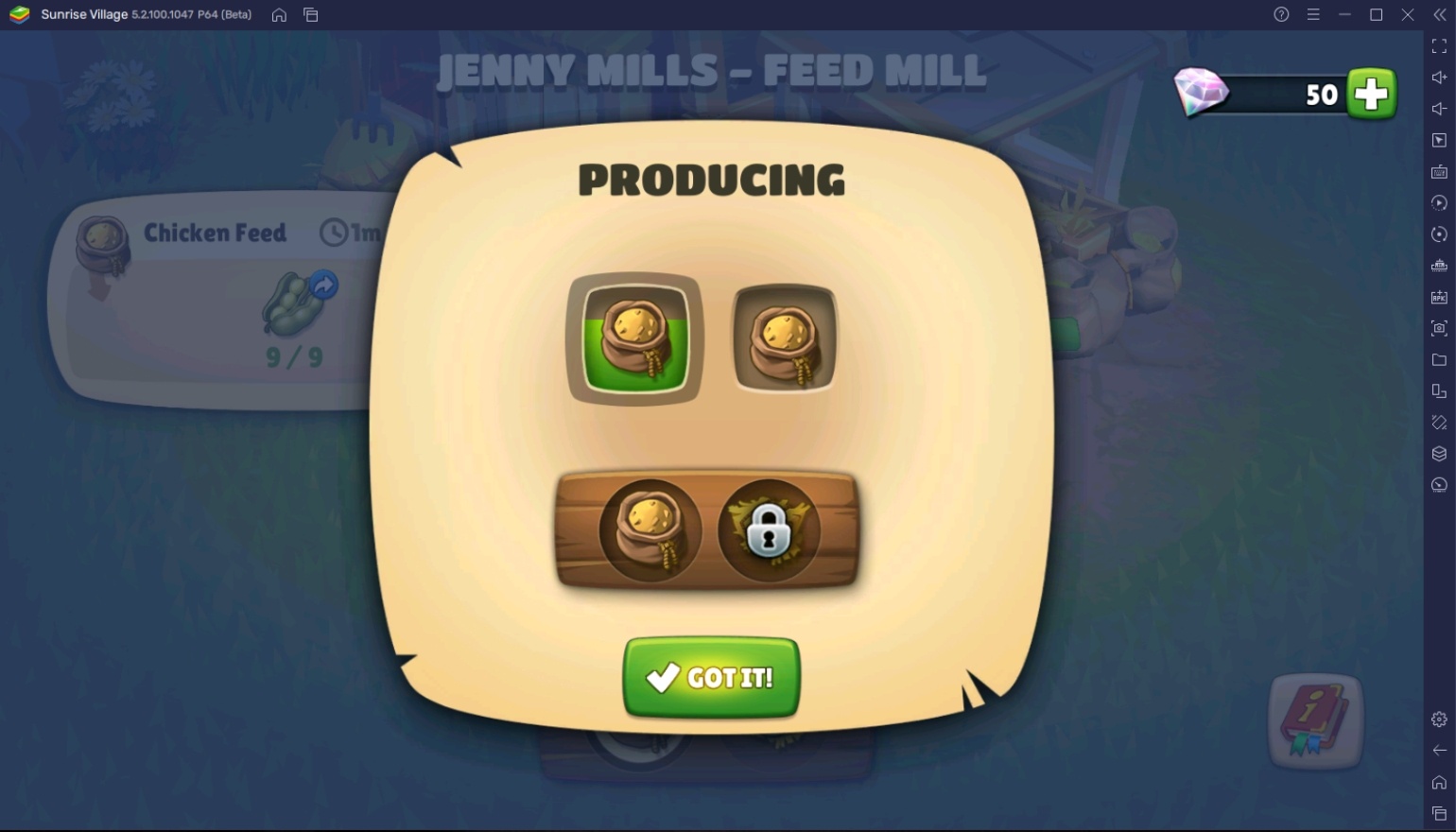
Players are expected to start production of all the materials when there is a need for them and when those buildings are free. This is because the game will eventually ask for materials produced by those buildings, which can be a hassle to accomplish when the player doesn’t have them readily stocked. The biggest problem that players may encounter is a shortage of raw materials, especially those that need to be collected outside farming and animal care.
Farm Maintenance
Farm maintenance refers to clearing debris, plants, and objects around the farm to either make space or collect raw materials. Clearing these items requires energy, which is a renewable resource that takes time to re-fill and has a maximum limit. The end game goal is to create an aesthetically beautiful farm filled with decorations and properly managed buildings to create a central theme that comes off as appealing to other players.
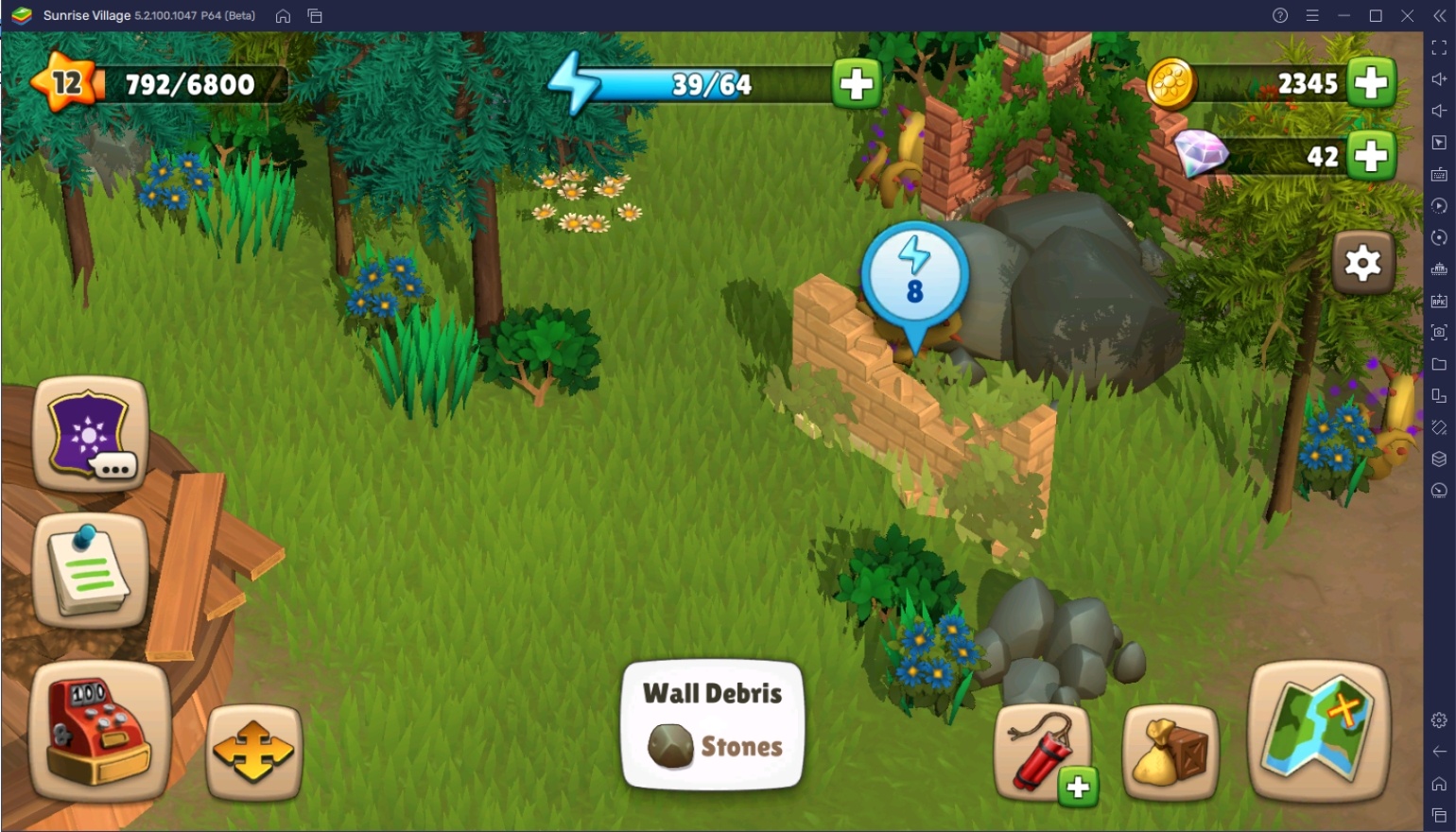
As a beginner, players don’t need to focus too much on aesthetically designing their farm because of the lack of space and the number of unwanted debris still existing throughout their land. It’s more important to start clearing these items out to collect their materials and focus on economic development first to have the gold and other resources to create new buildings. When the player reaches a high enough level, they can begin worrying about designing their farm.


